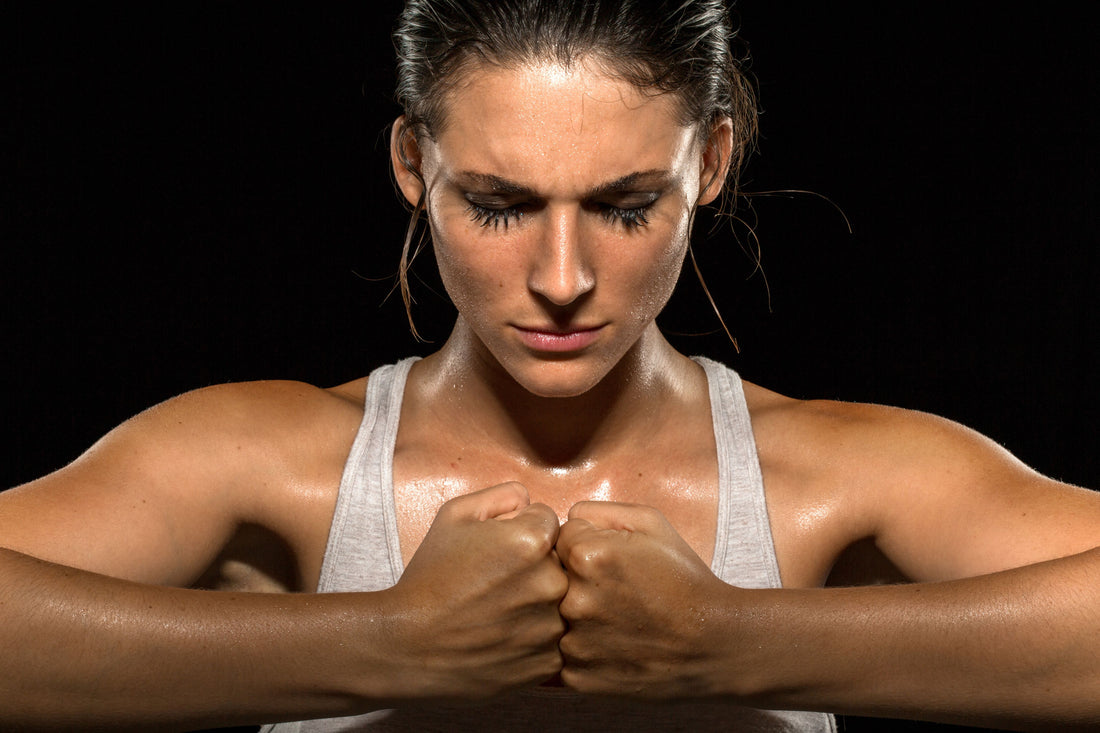Martial arts is about mastering techniques and combat skills and a journey of physical conditioning. To excel in martial arts, practitioners must develop strength, flexibility, endurance, and agility. Martial arts is about mastering techniques and combat skills and a journey of physical conditioning. To excel in martial arts, practitioners must develop strength, flexibility, endurance, and agility. But how does physical conditioning contribute to improved martial arts performance and overall well-being?
Building Strength
Martial arts require a foundation of strength, both upper and lower body. Strong muscles and upper body strength are essential for executing powerful strikes, throws, and grappling techniques. Resistance training, strength training, body weight exercises, and practicing techniques with precision contribute to developing functional strength. Strengthening the core muscles is particularly important, as a strong core enhances balance, stability, and the ability to generate force.
Enhancing Flexibility
Martial artists often perform dynamic and static stretches to increase flexibility. Improved flexibility allows for a broader range of motion, allowing you to kick higher, and helps reduce the risk of injuries. Greater flexibility is essential in arts like Brazilian Jiu-Jitsu and Taekwondo, where fluid movements and intricate techniques are prevalent.
Boosting Endurance
Martial arts training sessions can be physically demanding and intense. To endure long sparring sessions or competition rounds, practitioners must improve their cardiovascular endurance. Aerobic exercises such as running, cycling, and jump rope can help build endurance, ensuring that fighters can maintain their energy levels throughout a match and will improve heart rate and overall cardiovascular health.
Developing Speed and Agility
Speed and agility are critical in martial arts, whether dodging strikes, countering opponents, or launching fast and precise attacks. Agility drills, ladder exercises, and footwork training help develop quick reflexes and nimbleness.
Core Training
The core serves as the powerhouse of martial arts movements. A strong core is essential for generating power, maintaining balance, and executing precise techniques. Core-specific exercises, such as planks, leg raises, and rotational movements, are integrated into martial arts training routines.
Plyometrics and Explosive Power
Many martial arts techniques require explosive power. Plyometric exercises, such as squat jumps, medicine ball throws, and box jumps, help develop the ability to generate force rapidly. Explosive power is crucial in striking arts like Boxing, Muay Thai, and Karate, as well as throws and takedowns in disciplines like Judo and Wrestling.
Balance and Stability
Maintaining balance and stability is vital in martial arts, especially during grappling exchanges and throws. Balance training improves proprioception and coordination by using balance boards or standing on one leg.
AMAS understands that martial arts and physical conditioning go hand in hand.
Beyond enhancing performance, it also promotes overall health and well-being. Whether you are a beginner or an advanced practitioner, focusing on physical conditioning will make you a more formidable martial artist and improve your fitness and quality of life. We have many training products that will help you on your martial arts journey.





